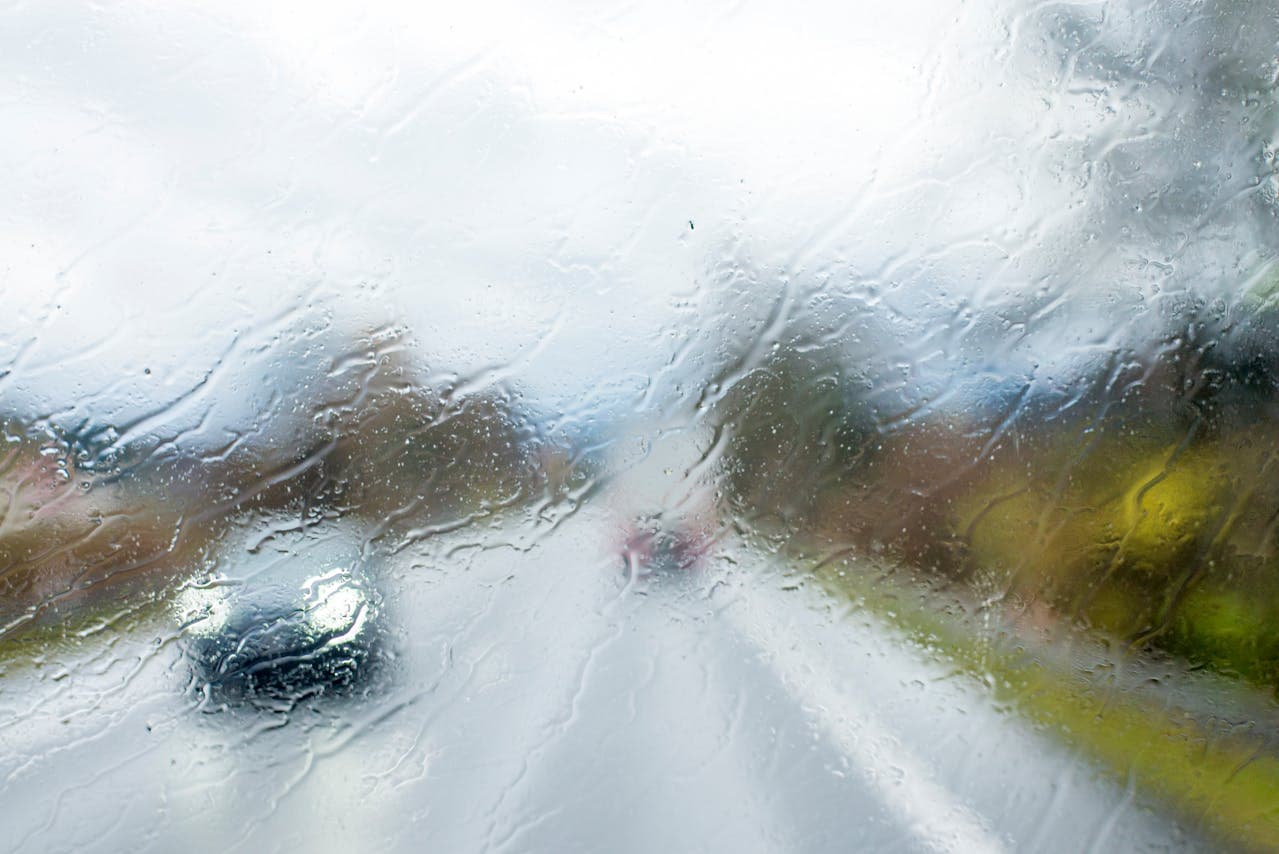Can Driveways Still Be Resurfaced if It’s Raining? What You Need to Know
June 05, 2025 Driveway Resurfacing, Driveways 4 min read

British weather is famous for being unpredictable, and nothing ruins plan for driveways like a sudden downpour. When it comes to resurfacing your driveway, rain poses a real dilemma. Homeowners across the UK have to juggle busy schedules, the rising cost of home projects, and our famously rainy climate. So, is it worth pushing ahead on a wet day, or should you wait for dry weather? Here’s what every homeowner needs to know to avoid costly mistakes.
How Rain Affects Driveway Resurfacing
Rain does more than dampen your mood—it can actually cause serious problems during driveway resurfacing. Whether you have asphalt, concrete, or resin, water is the enemy during installation and curing. Rainwater weakens the bond between the old and new layers, leading to poor adhesion. Think of it like trying to paint over wet plaster; the finish won’t last.
For concrete and resin, moisture slows down curing and can cause bubbling or uneven surfaces. Asphalt won’t stick properly if poured onto a soggy base, leading to cracks down the line. Any type of driveway is likely to develop defects, making the brand-new surface look old before its time.
Weather Requirements for a Successful Resurfacing Project
For the best results, driveway resurfacing needs good weather. Dry conditions allow materials to set correctly and cure to full strength. Ideal temperatures are usually between 10°C and 25°C, with low humidity and no rain forecast for at least 24 hours. Cool, wet, or frosty weather slows down curing and can spoil the finish.
According to experts, the Best time for driveway installation is during clear, mild months. Summer provides the most reliable conditions, but early autumn and late spring can also work if you watch the weather closely.
Timing Your Project: Seasonal Advice
In the UK, summer is prime time for driveway resurfacing. Days are longer, temperatures are stable, and rainfall is lower than other months. Spring and early autumn can also be suitable, but check forecasts and avoid periods of heavy rain or overnight frost.
Planning ahead matters. Contractors often book up quickly in good weather, so schedule your project early. Avoid winter and the wettest autumn months—cold and wet make for a poor surface and short lifespan.
Risks of Resurfacing in the Rain: What Can Go Wrong?
Attempting to resurface a driveway during rain is asking for trouble. Some of the most common issues include:
- Poor material setting: Rain disrupts the chemical process, so concrete or resin might never reach full strength.
- Surface defects: Water leads to patches, cracks, or a blotchy appearance.
- Reduced durability: Weak spots form, making your driveway prone to early failure.
- Earlier repairs needed: Flaws caused by wet resurfacing often show up quickly, meaning more work later. To spot issues before they get worse, check the 7 signs you need to resurface or replace your driveway.
A rushed job in the rain rarely ends well. It usually means more expense and hassle down the road.
What to Do if Rain Interrupts Your Driveway Project
If rain threatens or interrupts your resurfacing job, don’t panic. Here’s what you can do:
- Stop work immediately: Protect any laid material from further rain using tarps or plastic sheets.
- Check the weather: Wait until the rain passes and the surface is dry before continuing.
- Inspect the site: Look for water pooling or the beginnings of surface defects. Remove any standing water.
- Consult with professionals: If major issues appear, it might be best to assess the damage before carrying on.
Waiting for the right weather can save hundreds in repairs.
Alternatives and Maintenance Solutions in Wet Weather
When the weather won’t cooperate, there are other options:
- Temporary patching: Use cold-lay asphalt or resin repair kits to handle small spots until full resurfacing is possible.
- Routine maintenance: Clear debris, clean drainage channels, and keep moss at bay.
- If you’re handy, try the practical DIY driveway repair tips to keep trouble at bay until the weather dries up.
Regular upkeep helps prevent small issues from snowballing and makes the eventual resurfacing more effective.
Let’s sum it up
Resurfacing your driveway while it’s raining is a shortcut that leads to headaches and unnecessary spending. Waiting for sunny, dry weather gives you a stronger, longer-lasting surface. If rain arrives mid-project, take a break, protect your materials, and repair any early signs of damage as soon as possible. Good timing and solid maintenance keep your drive looking fresh and strong, no matter what the British weather throws at you.
Get a free quote
Call us on 020 3808 8086 or fill in the short form below.
"*" indicates required fields